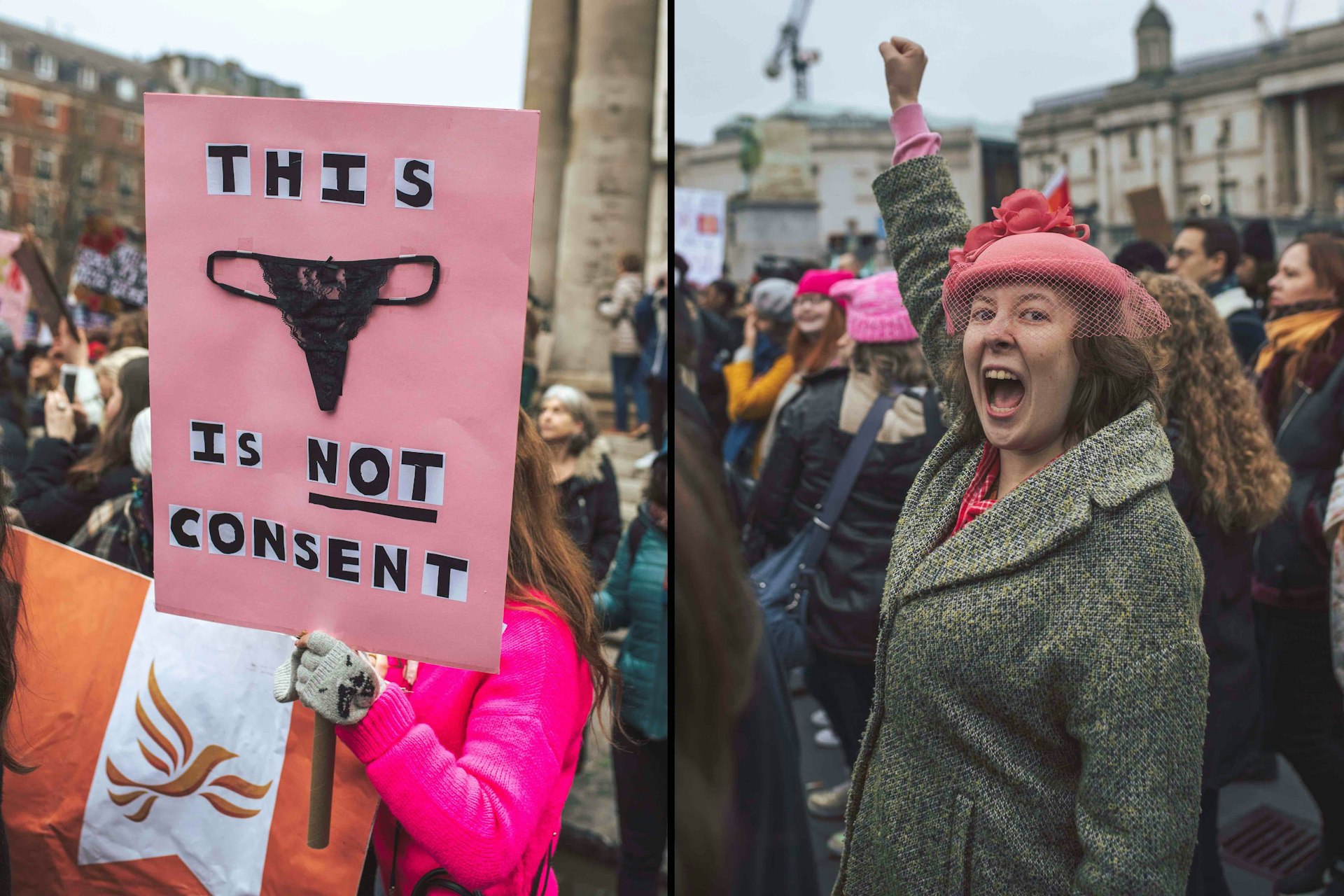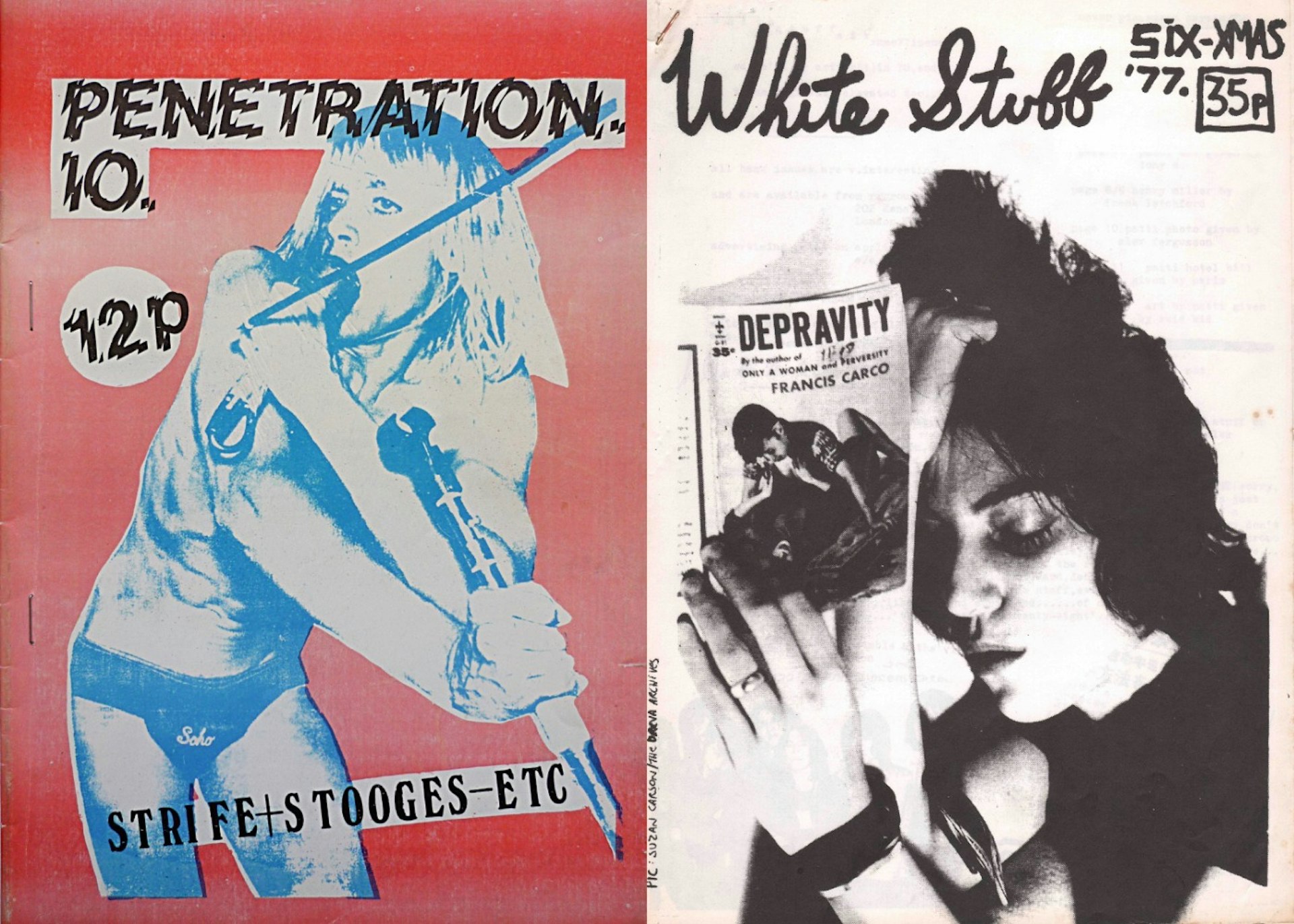
Smut and lust: a visual history of sex in the punk scene
- Text by Miss Rosen
“If punk had to have a motto, it wouldn’t have been ‘let’s fuck,’ but ‘fuck you,’” cultural critic Carlo McCormick writes in the introduction to Punk Lust: Raw Provocation 1971-1985, the exhibition he has co-curated with writer Vivien Goldman and Lissa Rivera, Curator at the Museum of Sex in New York. “Forget the romance, this was urgency, necessity, born as much of boredom as from desire.”
Featuring over 300 artifacts drawn from galleries and collectors around the globe, Punk Lust features work from photographers Adrian Boot, Bob Gruen, GODLIS, Janette Beckman, Jenny Lens, Ruby Ray, Marcia Resnick, and Roberta Bayley; fashion designers BOY, Malcolm McLaren and Vivienne Westwood, and Maripol; artists and filmmakers Amos Poe, Jamie Reid, Arturo Vega, Linder Sterling, and Raymond Pettibon, among many others.
Despite the massive scope of the project, Rivera says that “everything wove together beautifully.”
“It ended up being a big community experience, with work representing the West Coast, Detroit, New York, and the UK,” he says.
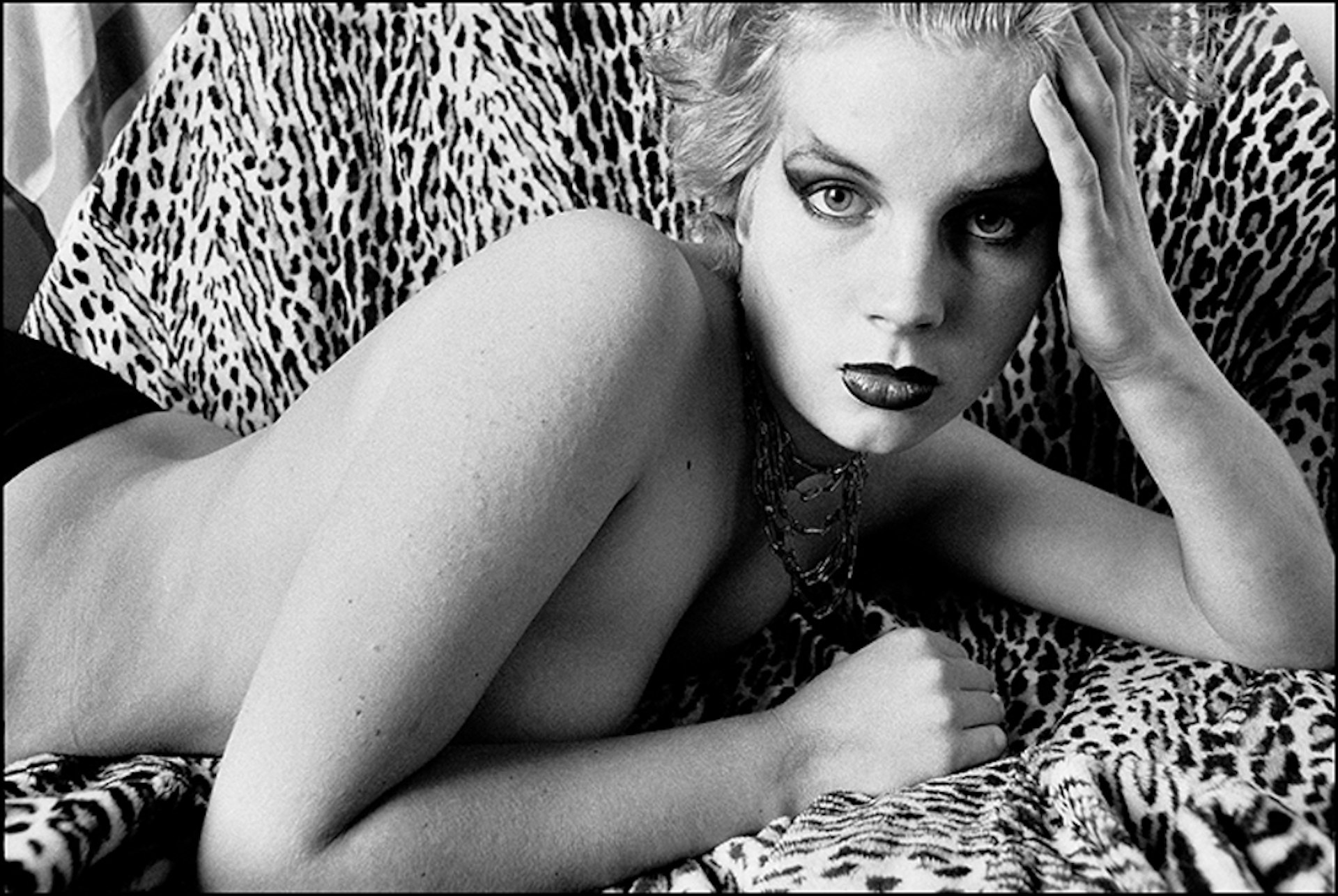
Ruby Ray, Penelope on Leopard, 1977, Pigment Print. Courtesy of the artist
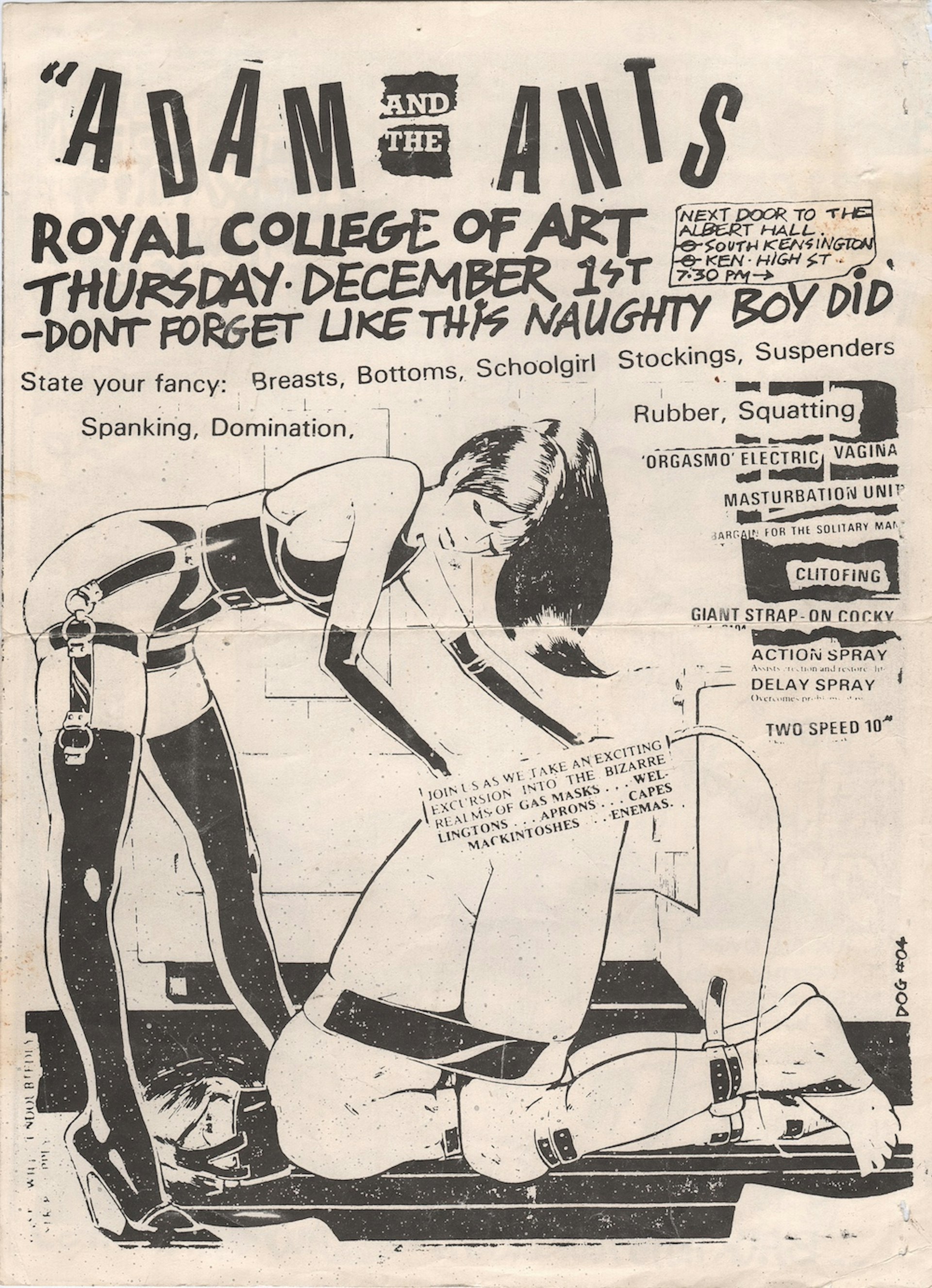
Adam and the Ants: Royal College of Arts, London, 1977, Flyer. Toby Mott/Mott Collection, London
Punk Lust begins as the embers of the Free Love movement scattered to the winds, as so many ideals of the 1960s did when slapped by the cold, hard hand of reality. “People became more nihilistic,” Rivera remembers. “It was more about living in the moment, without concern for the future. There was something very aggressive and raw. People were using the language of sexuality as a form of confrontation rather than seduction. People were sexually expressive but did not have illusions about romance.”
“Queer art in the ’60s was also very punk because to be out was illegal; to cross genders was against the law,” Rivera continues. “There is so much prejudice against queerness and queer expression that there was already a sense of nihilism and freedom in the queer community because of the marginalisation.”
As the LGBTQ Movement took hold, another underground realm also came to the fore. Pornographers, who had fought the US government and won, flourished during the 1970s. Movie theaters and magazine stores opened for business in decaying cities across the nation, perhaps most famously Times Square — creating the perfect storm for a film like Deep Throat to set record-breaking numbers at the box office.
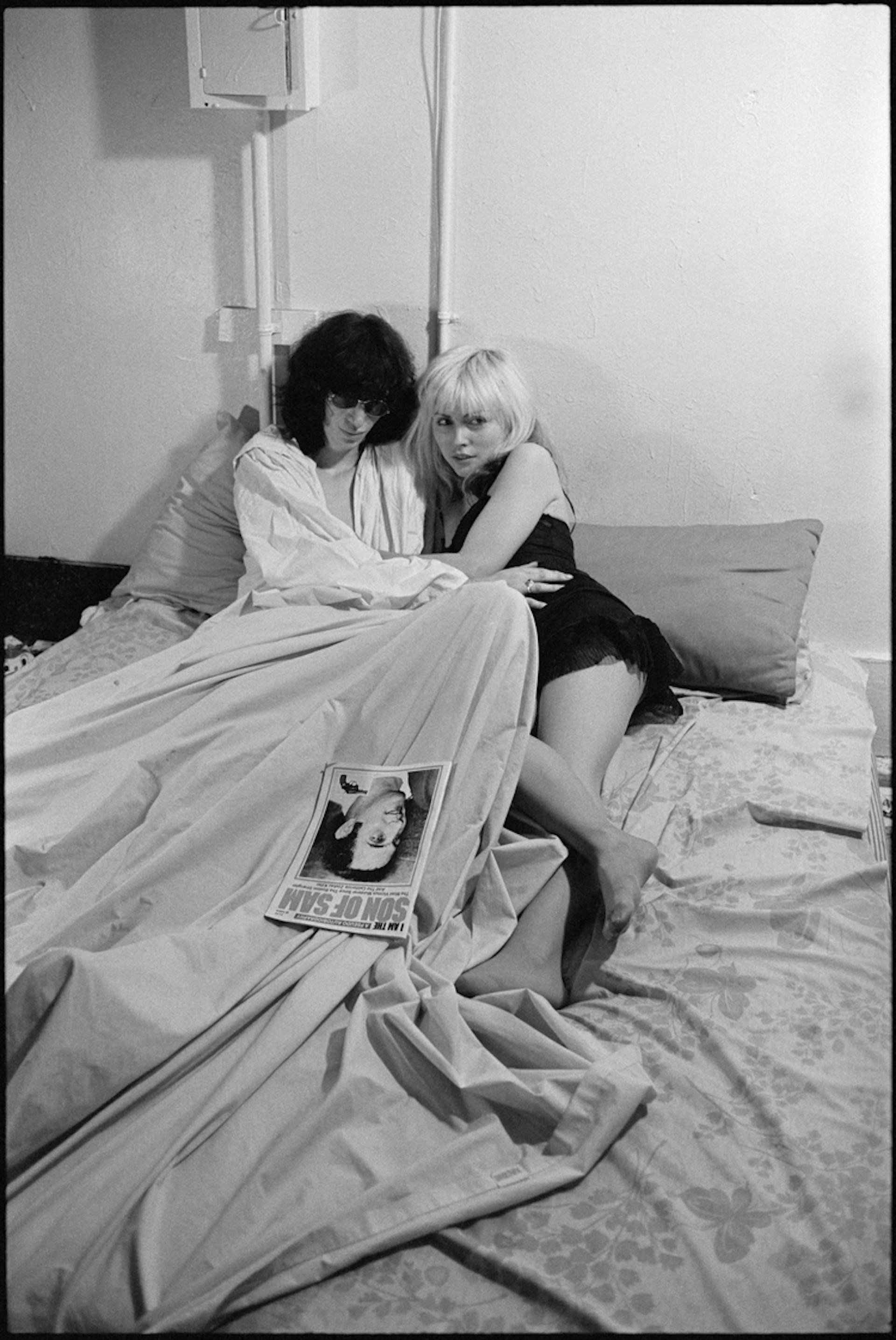
Roberta Bayley, Joey Ramone and Debbie Harry, 1977, Archival pigment print. Courtesy of the artist
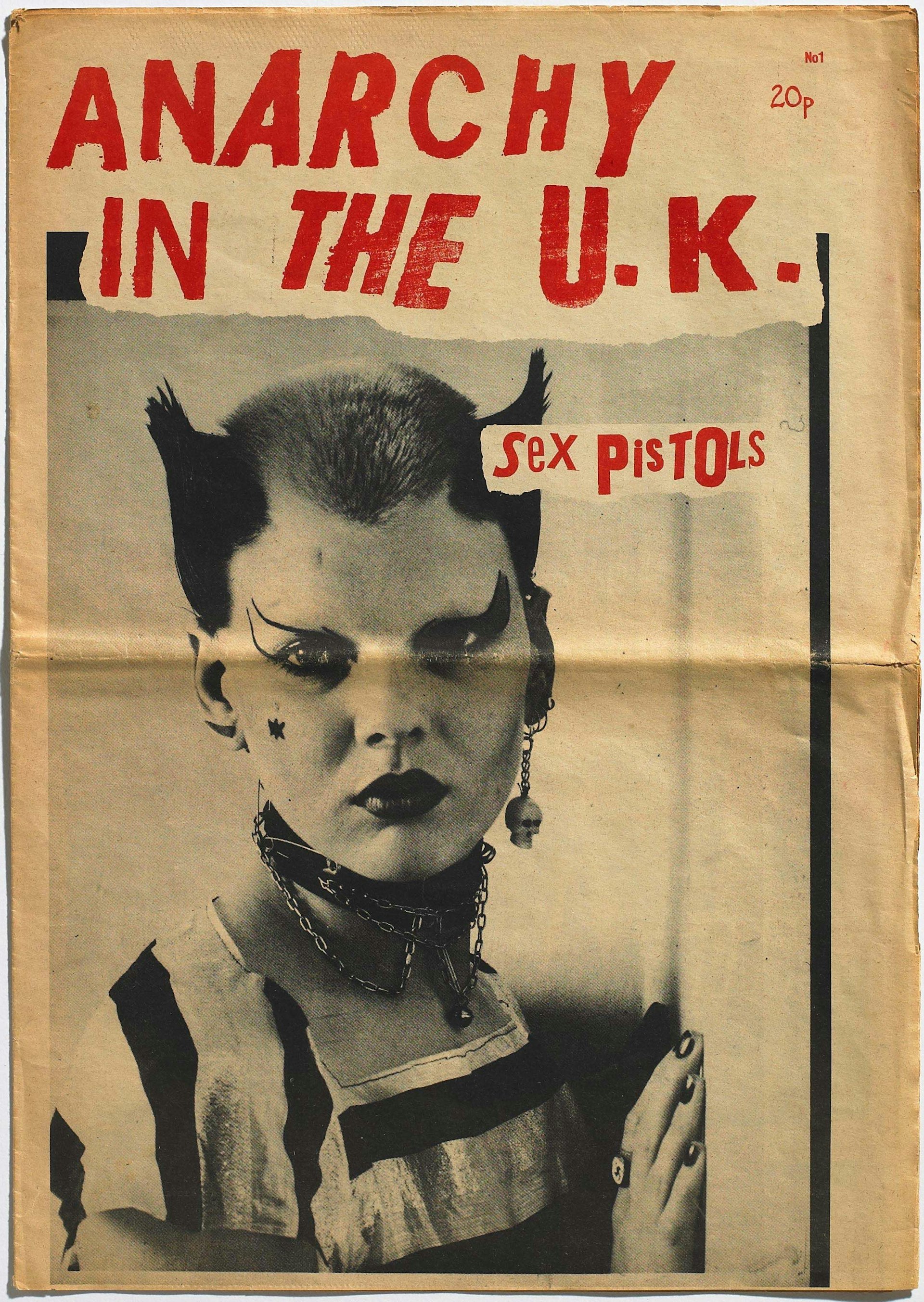
Sex Pistols: Anarchy in the U.K., No. 1, 1976, Fanzine, Glitterbest. Mott/Mott Collection, London
“Participating in sex work was a way to make money and maintain your art,” Rivera says. “It was honest to be using explicit imagery and lyrics – things that everyone was building an industry around and a sense of shame – and bringing them into view.”
Sometimes quite literally. “I love the story about how Jordan would wear latex and leather fetish outfits on her commute from Bromley to London to work at SEX, and everyone on her commute was forced to witness the way she was expressing herself in public,” Rivera adds.
“What Malcolm McLaren and Vivienne Westwood were appropriating was hardcore porn and illustrations taken out of gay porn magazines. They were pushing things people didn’t talk about to the centre of conversation by making them visible.”

Ruby Ray, The Screamers: Tommy Gear, 1978, Archival pigment print. Courtesy of the artist
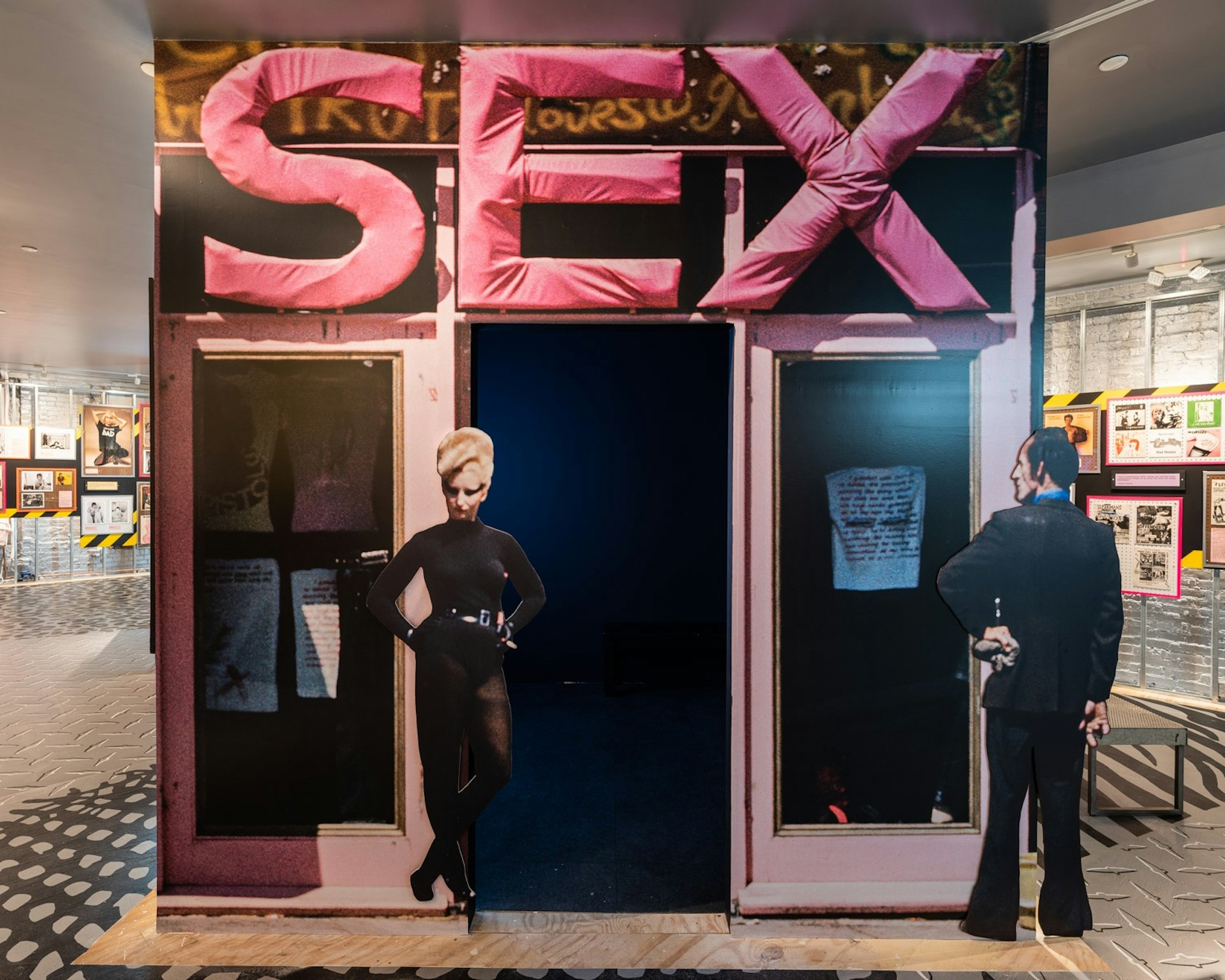
Courtesy Kris Graves
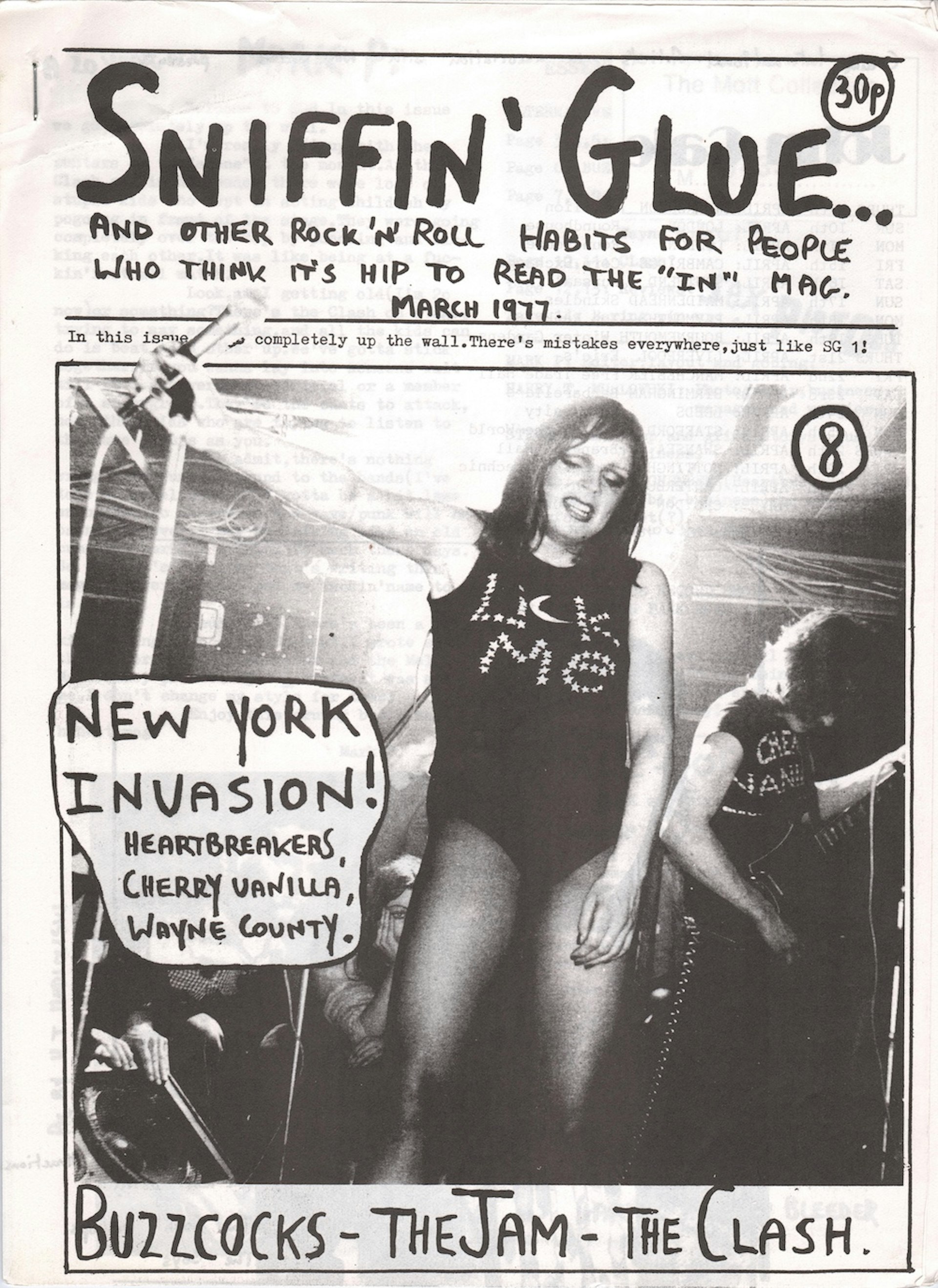
Sniffin’ Glue, No. 8, March 1977, Fanzine. Toby Mott/Mott Collection, London
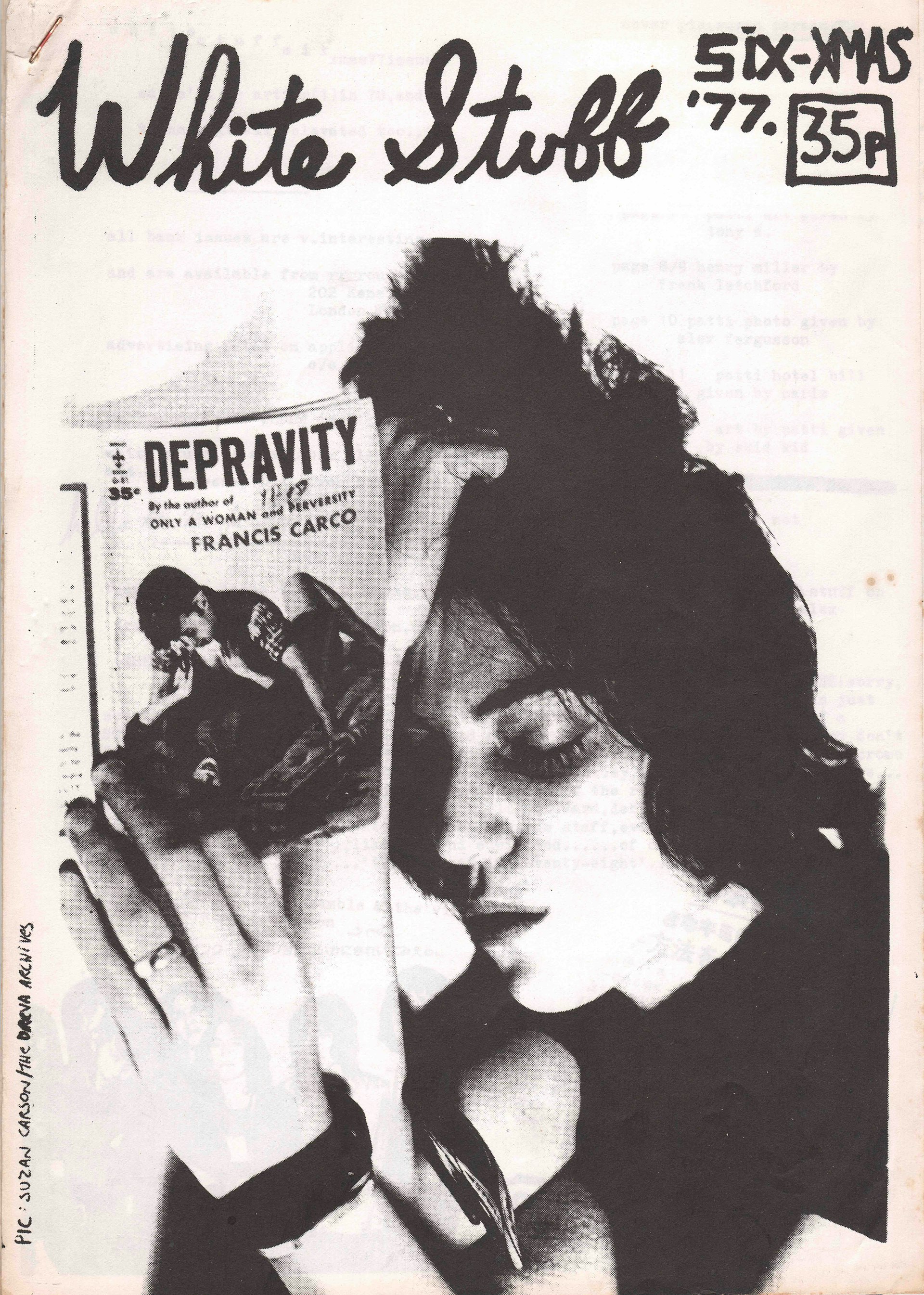
Patti Smith: White Stuff, No. 6, 1977, Fanzine. Toby Mott/Mott Collection, London
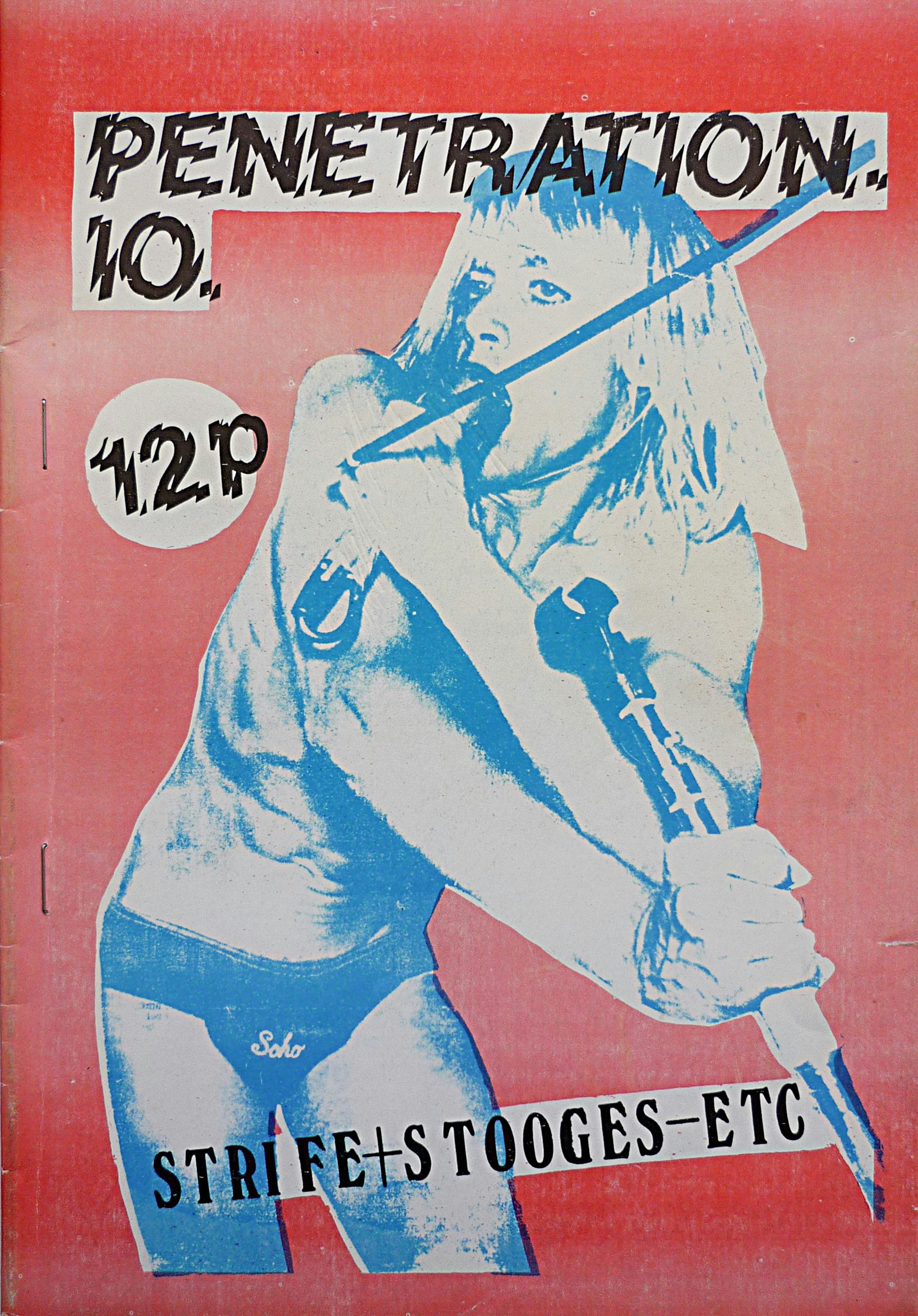
Iggy Pop: Penetration, No. 10, 1977, Fanzine. Toby Mott/Mott Collection, London
Punk Lust: Raw Provocation 1971-1985 is on view at the Museum of Sex in New York through November 30, 2019.
Follow Miss Rosen on Twitter.
Enjoyed this article? Like Huck on Facebook or follow us on Twitter.
